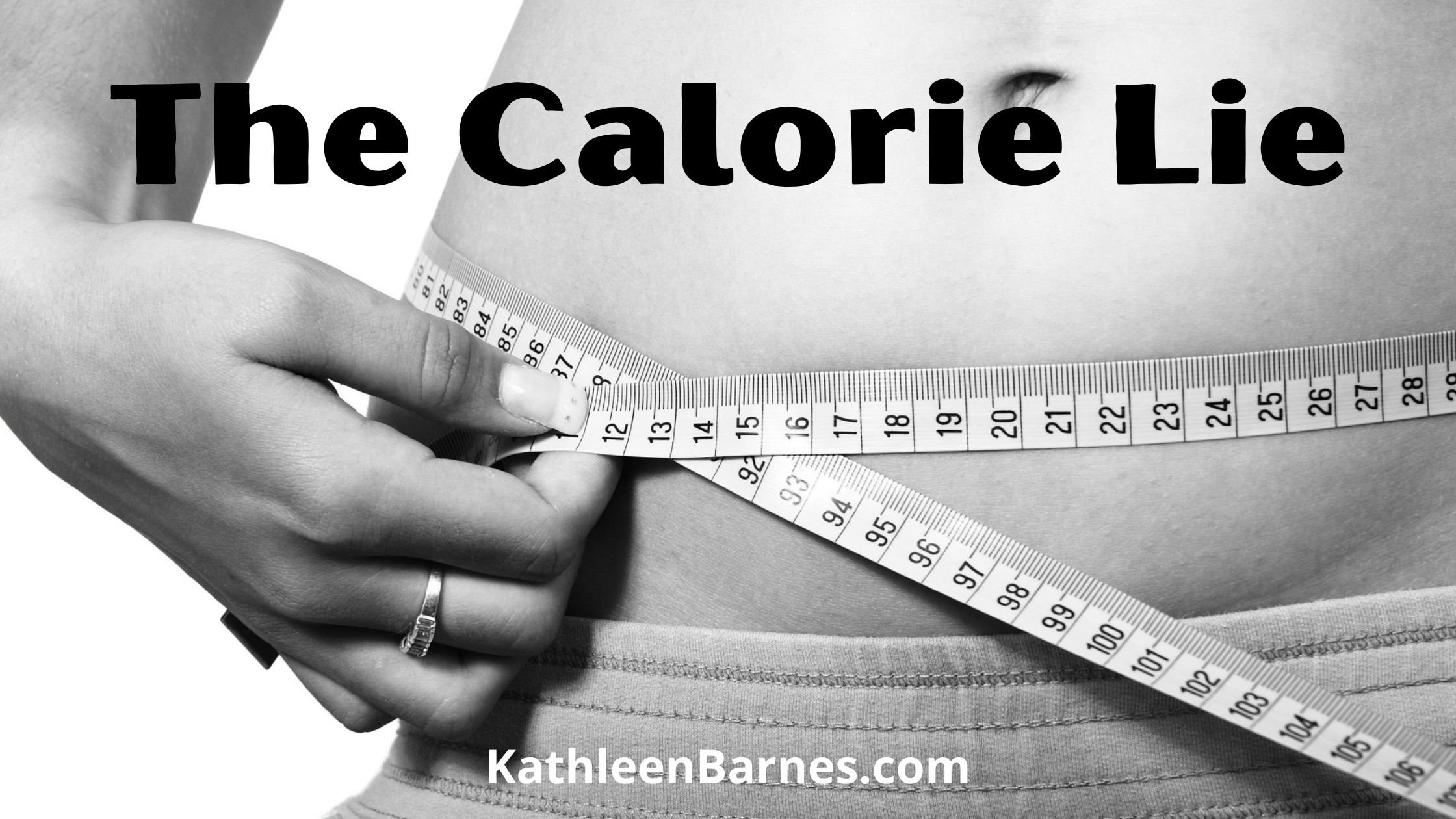 All calories are not created the same. We have been duped by the food industry (and by the conventional medical profession) to believe that all calories are the same, so if we simply reduce caloric intake, we will be able to control our weight.
All calories are not created the same. We have been duped by the food industry (and by the conventional medical profession) to believe that all calories are the same, so if we simply reduce caloric intake, we will be able to control our weight.
The obesity epidemic in itself is proof of the lie. It is not a simple “calories-in-calories-out” equation.
It’s a complex metabolic formula that I won’t bore you with, but here’s the bottom line: Excess glucose in your body is converted to fat. It’s an ancient mechanism that prepares us for times of famine. Since most of us never experience true hunger, much less famine, that extra glucose goes straight to our hips or, worse yet, to our bellies.
If you have a few extra pounds here or there, no doubt you have been advised by your doc (who may have a paunch, too) to “eat less and exercise more.”
“It’s simple math,” doctors say. “Eat fewer calories than you burn and you will lose weight.”
Assuming the best of intentions, your doc has been duped just like you have been as you yo-yo diet and struggle to drop a few pounds only to have them plaster themselves back on your belly, hips and thighs.
Here’s how it works:
You eat simple sugars, and most dangerously fructose as in high fructose corn syrup found in virtually all sweetened products and some that are not noticeably sweet. Your body says, “WOW! OK –that’s sweet and it tastes good. I want more.”
What happens: Most of that fructose is converted directly into fat.
“At the end of the day, your consumption of carbohydrates, whether in the form of grains and sugars (especially fructose), will determine whether or not you’re able to manage your weight and maintain optimal health,” says Dr. Joseph Mercola. “This is because these types of carbs (fructose and grains) affect the hormone insulin, which is a very potent fat regulator.”
He adds, “As long as you keep eating fructose and grains, you’re programming your body to create and store fat.”
What this means: eating fructose, other simple sugars and grains (especially wheat) turns on your body’s “fat switch.”
How do you turn it off? I am convinced that a low-carb diet is the answer.
Basically that means eating meat, fish, poultry and wild game, nuts, seeds, healthy oils, loads of vegetables and very little fruit and no wheat and almost no grains or refined carbohydrates.
Many people are jumping on the gluten-free bandwagon these days for good reason. I’ll go into that further in future posts, but for the holidays (and as you go forward), if you can minimize your intake of simple carbs—primarily sugar and wheat products—you’ll see a difference.
You’ll also find that the less you eat of these fat-creating foods, the less you’ll want. You see, we are all addicted.
Stay tuned.







